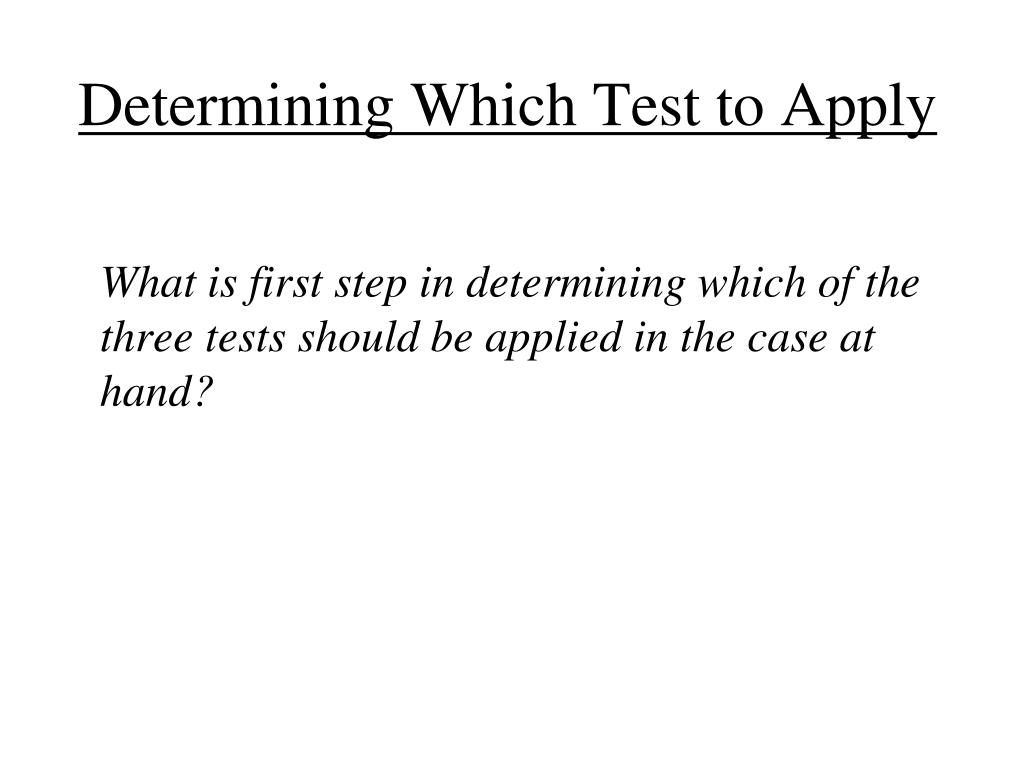

Fred Korematsu was arrested at home after he refused to obey orders to leave. One of the few instances in which a law did survive strict scrutiny involved anti-Asian discrimination: A Japanese American man living in California during World War II sued over the president’s Executive Order relocating Japanese Americans to internment camps. “The dream of a Nation of equal citizens in a society where race is irrelevant to personal opportunity and achievement would be lost in a mosaic of shifting preferences based on inherently unmeasurable claims of past wrongs,” Justice Sandra Day O’Connor wrote in the opinion. Croson Company (1988), the Court found that Richmond “failed to demonstrate a compelling governmental interest” to justify its requirement that 30 percent of city construction contracts go to minority-owned businesses. “There is patently no legitimate overriding purpose independent of invidious racial discrimination which justifies this classification,” Chief Justice Earl Warren wrote in the opinion. Virginia (1967), the Supreme Court rejected Virginia’s argument that its ban on interracial marriage served a compelling state interest. It should be difficult to show that you have a compelling interest in treating individuals differently on the basis of race. He’s right: Most discriminatory policies and laws don’t survive under strict scrutiny.

“Strict scrutiny leaves few survivors,” Justice David Souter once noted in a dissent. Harvard is not a public institution, but because it accepts federal funding, its policies are subject to the same strict scrutiny standard as government policies. To pass muster under strict scrutiny, a policy must further a “compelling interest” and be narrowly tailored to that interest. Strict scrutiny is a legal test that’s applied to any government violation of the Equal Protection Clause that involves race.

”īut the petitioners are simply asking Harvard to meet the same standard that all racially discriminatory laws must meet: the standard of strict scrutiny. Some have slammed Students for Fair Admissions for adding to the Supreme Court’s “ culture war docket. This is a controversial case: Supporters of affirmative action say Harvard’s race-conscious admissions process is necessary to meet the school’s diversity, equity, and inclusion goals. Pacific Legal Foundation filed an amicus brief in support of the petitioners. Harvard’s attorneys will soon be trying to answer that question in front of the Supreme Court: The Court just granted cert in Students for Fair Admissions v. The students suing Harvard over its race-conscious admissions process are asking a simple question: What is Harvard’s compelling interest in discriminating against Asian Americans?


 0 kommentar(er)
0 kommentar(er)
